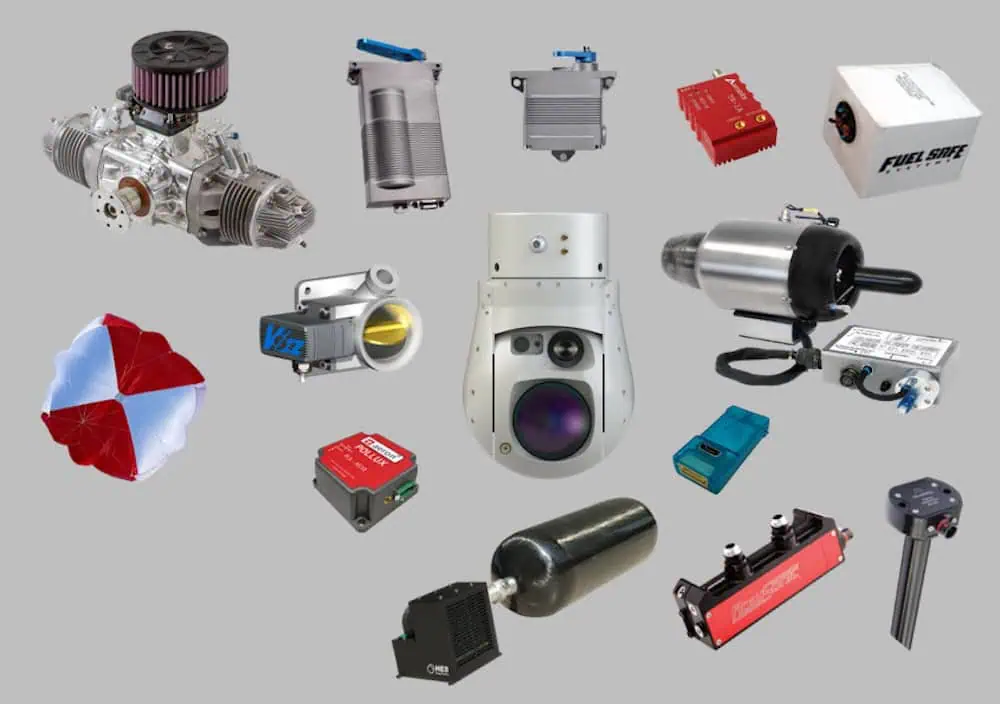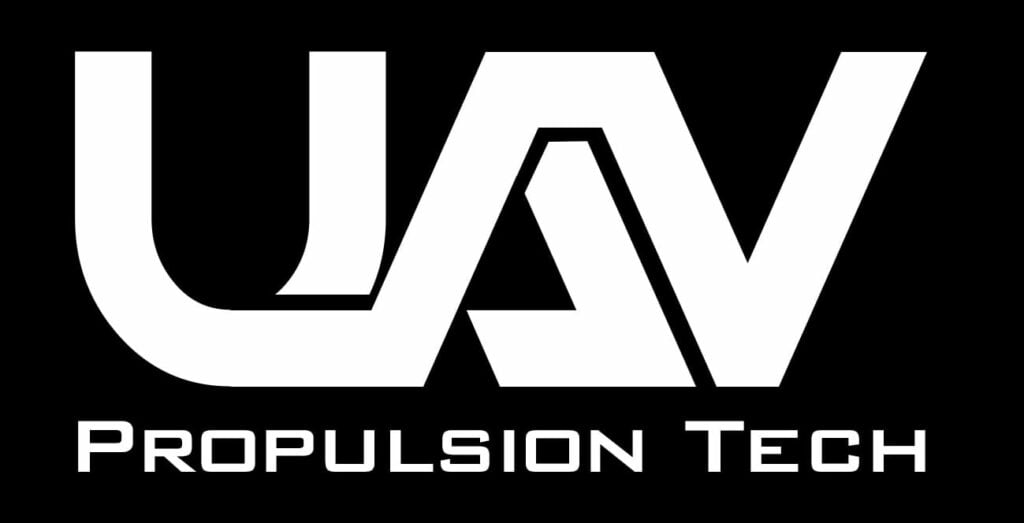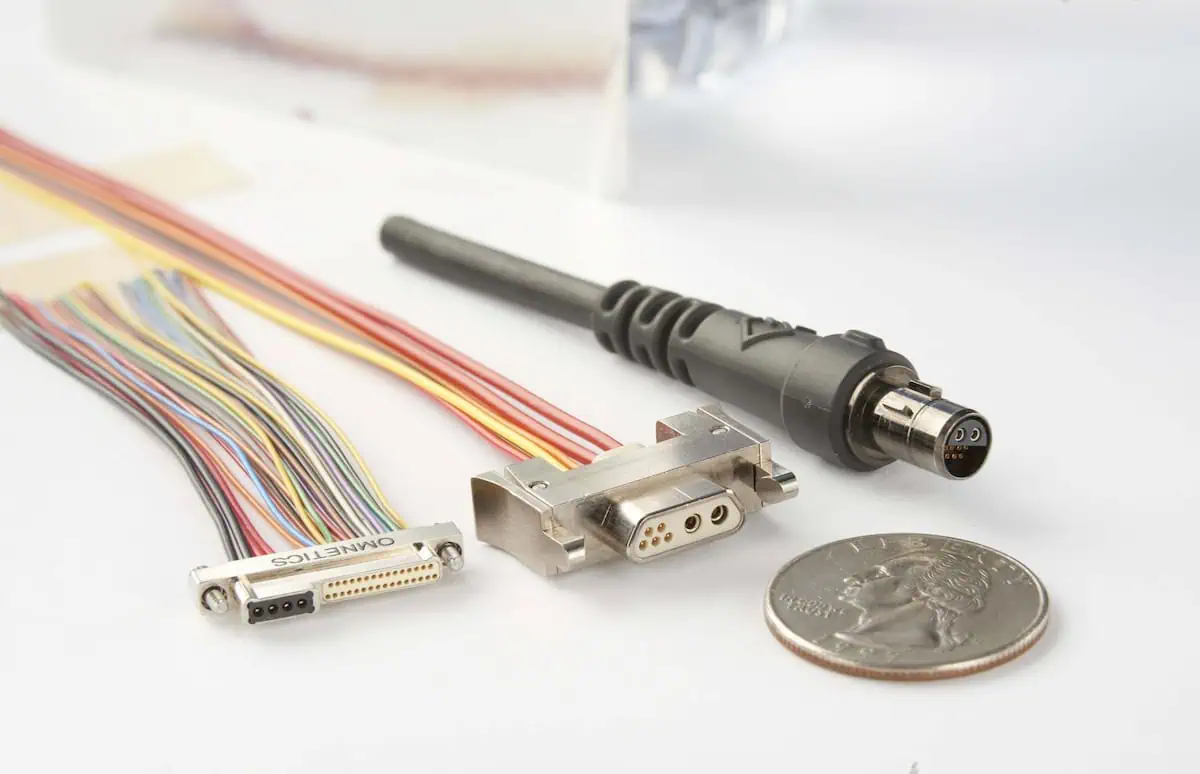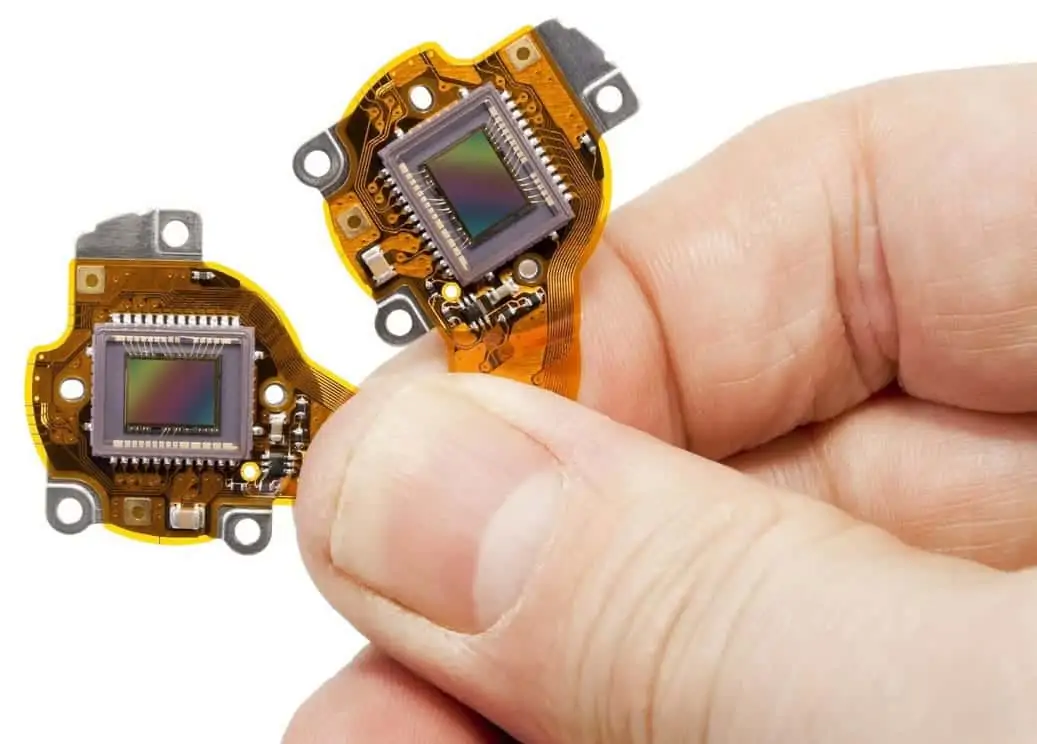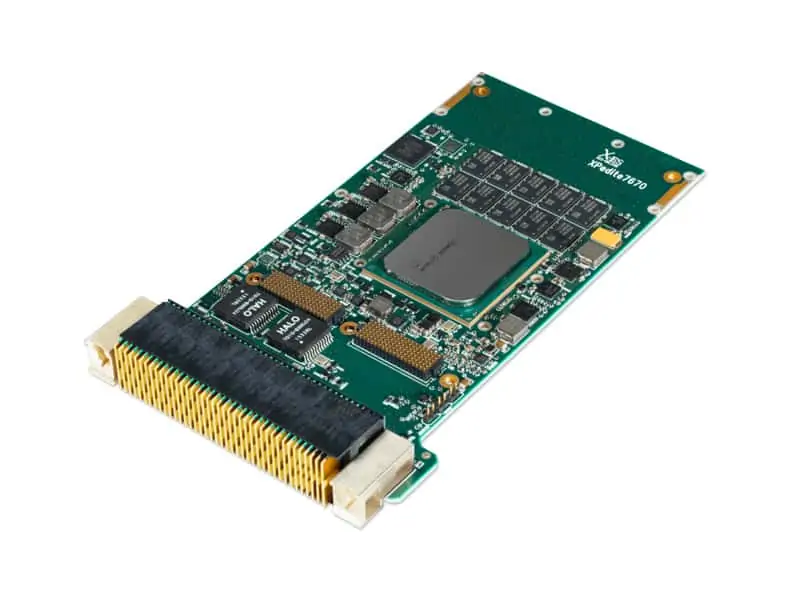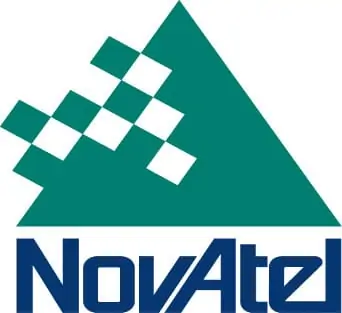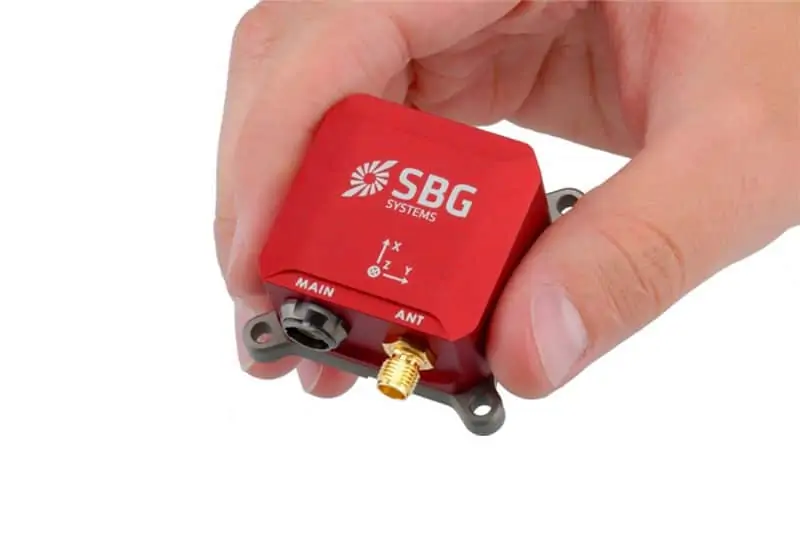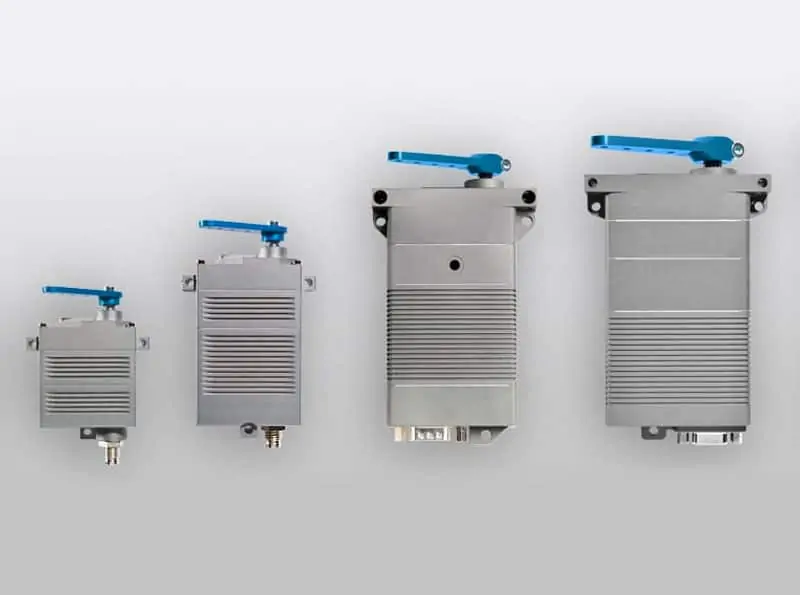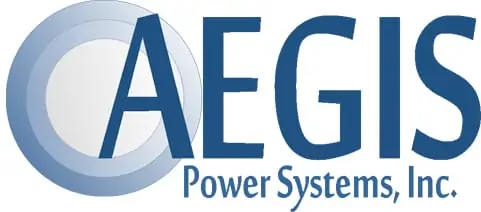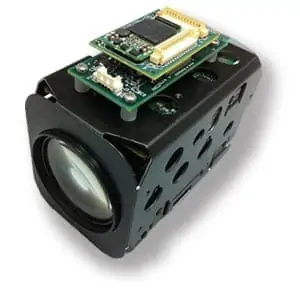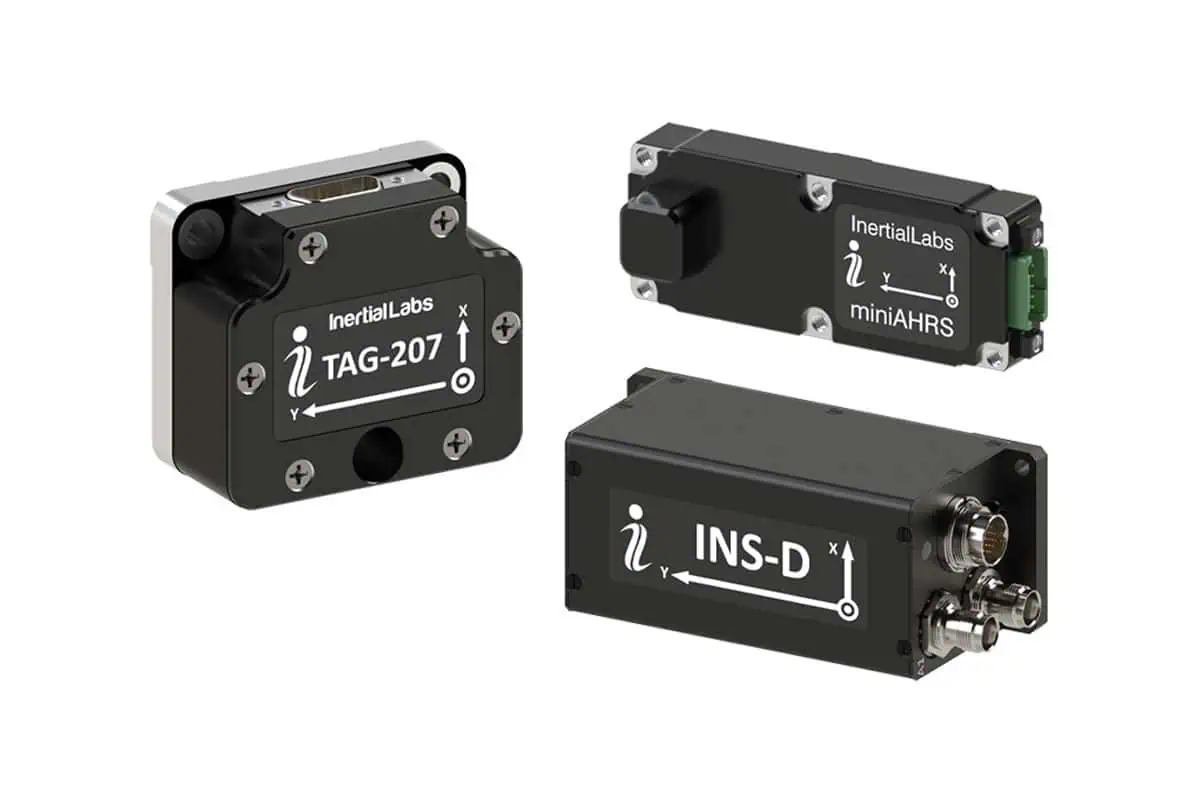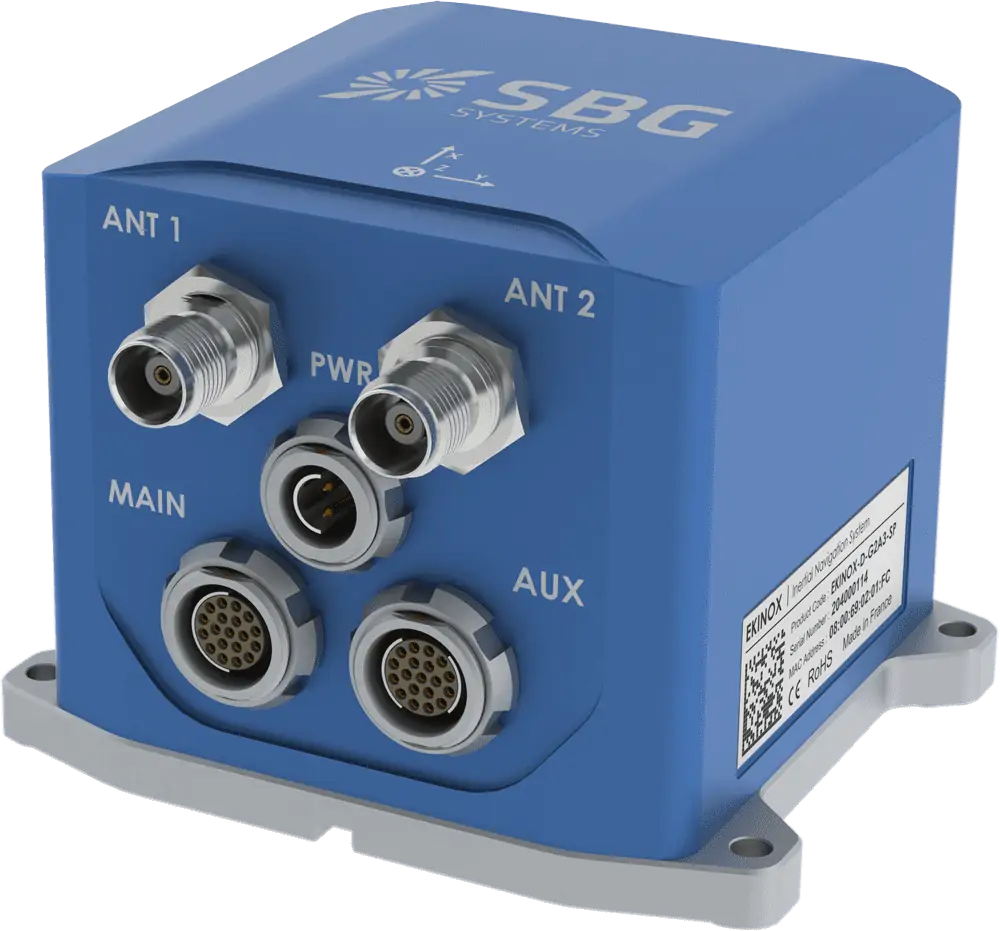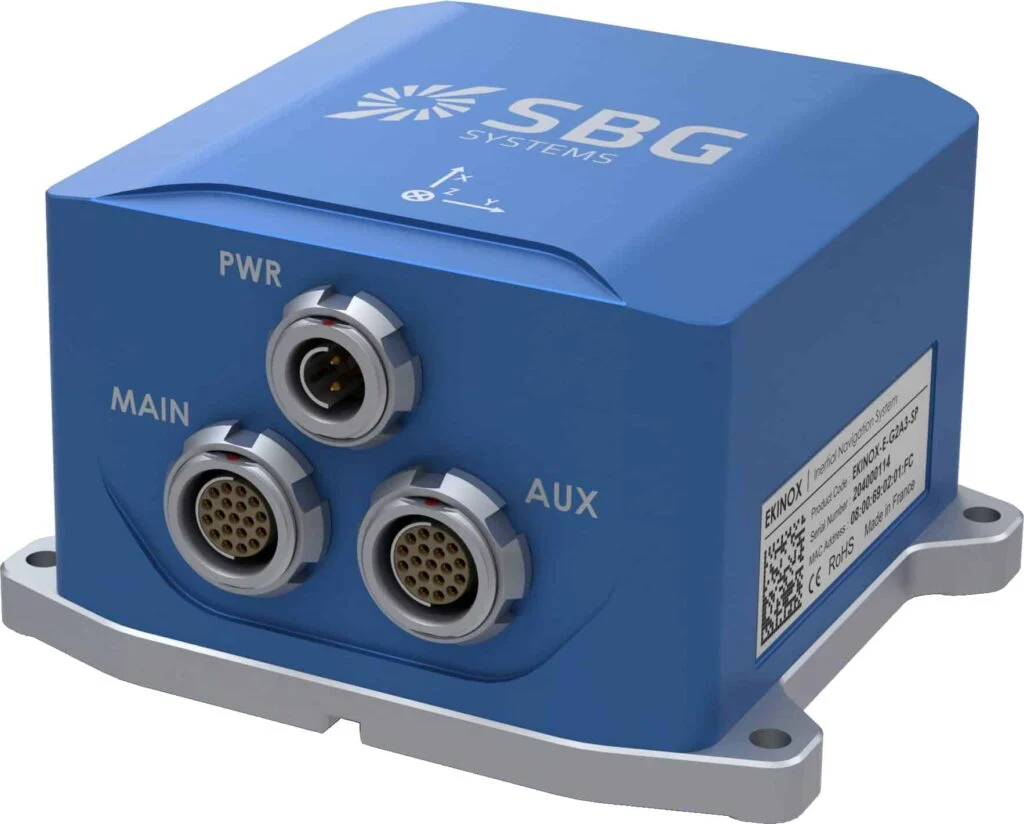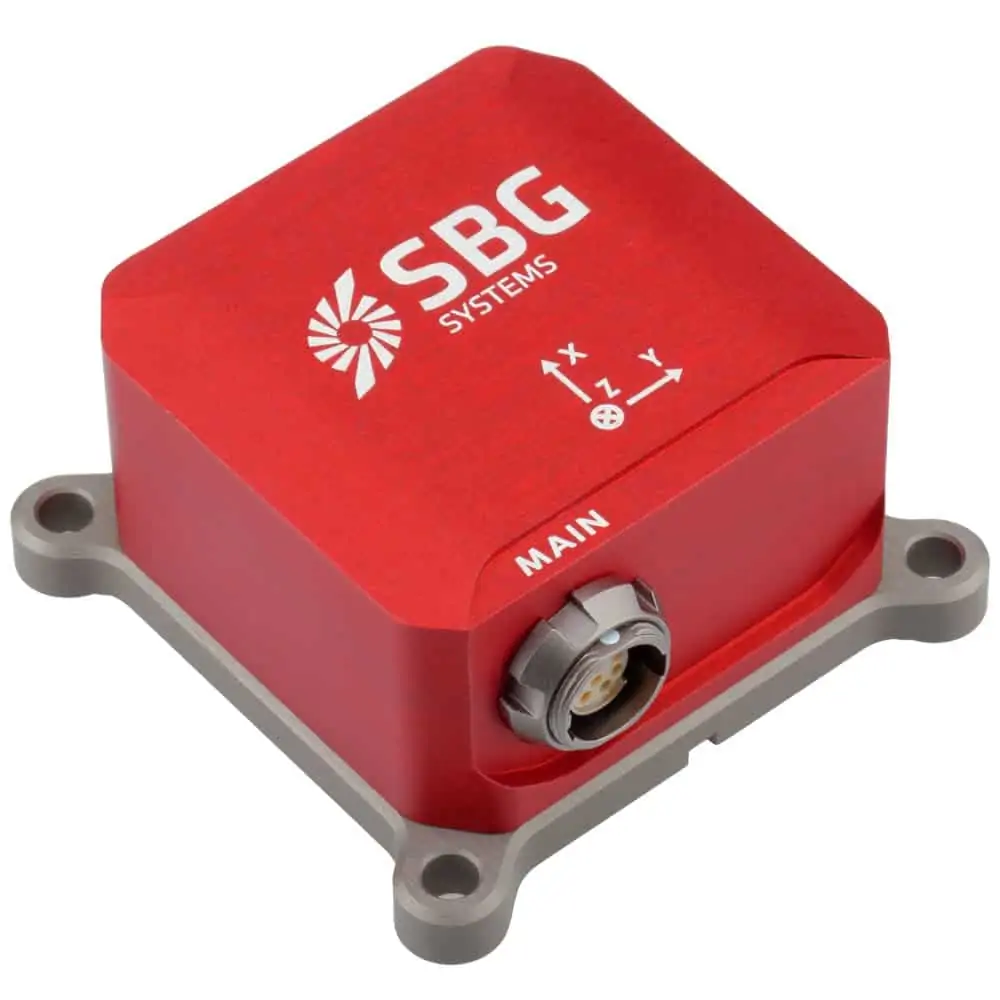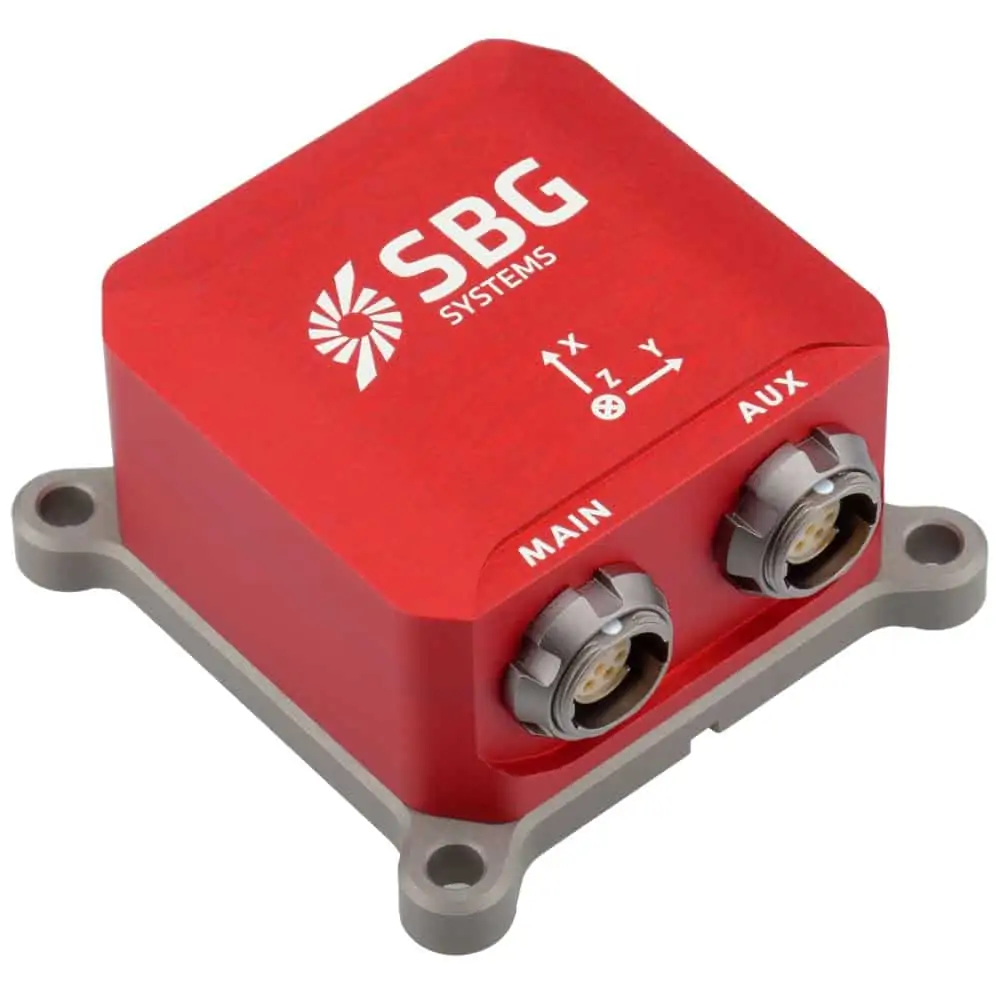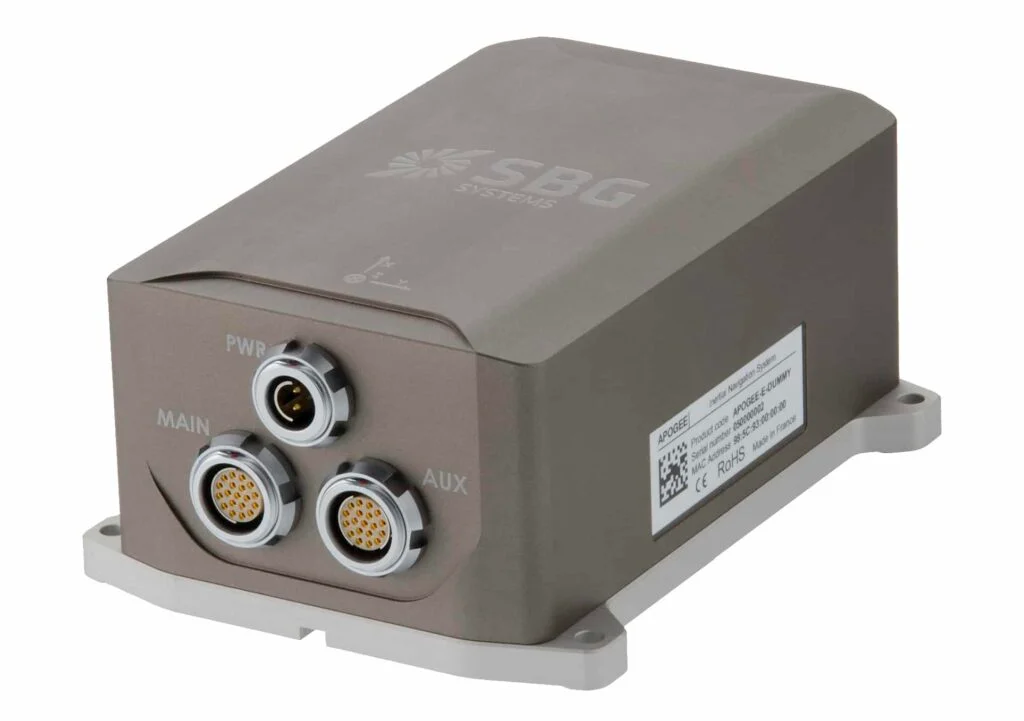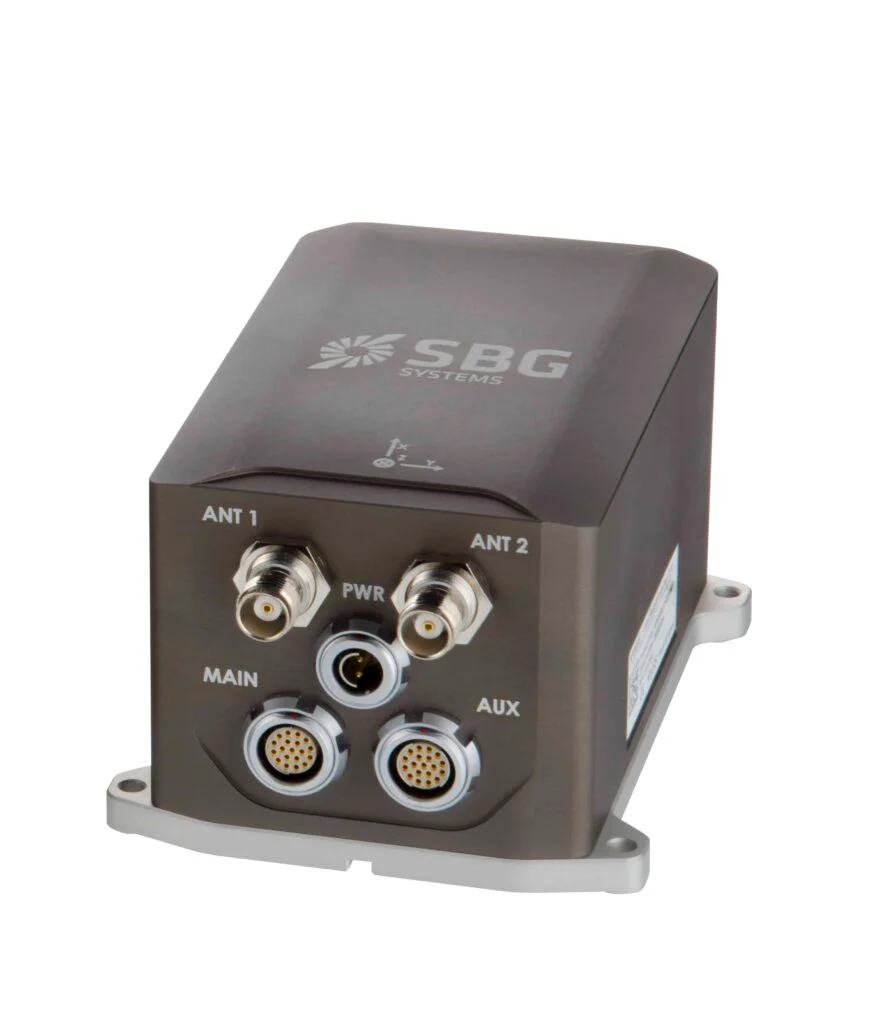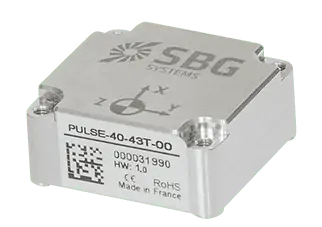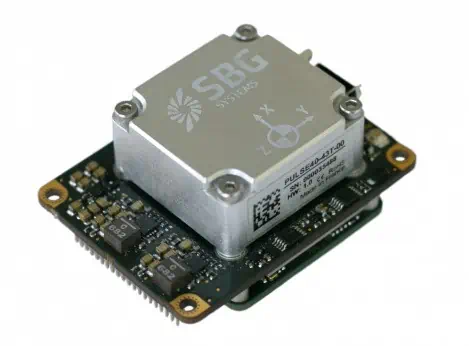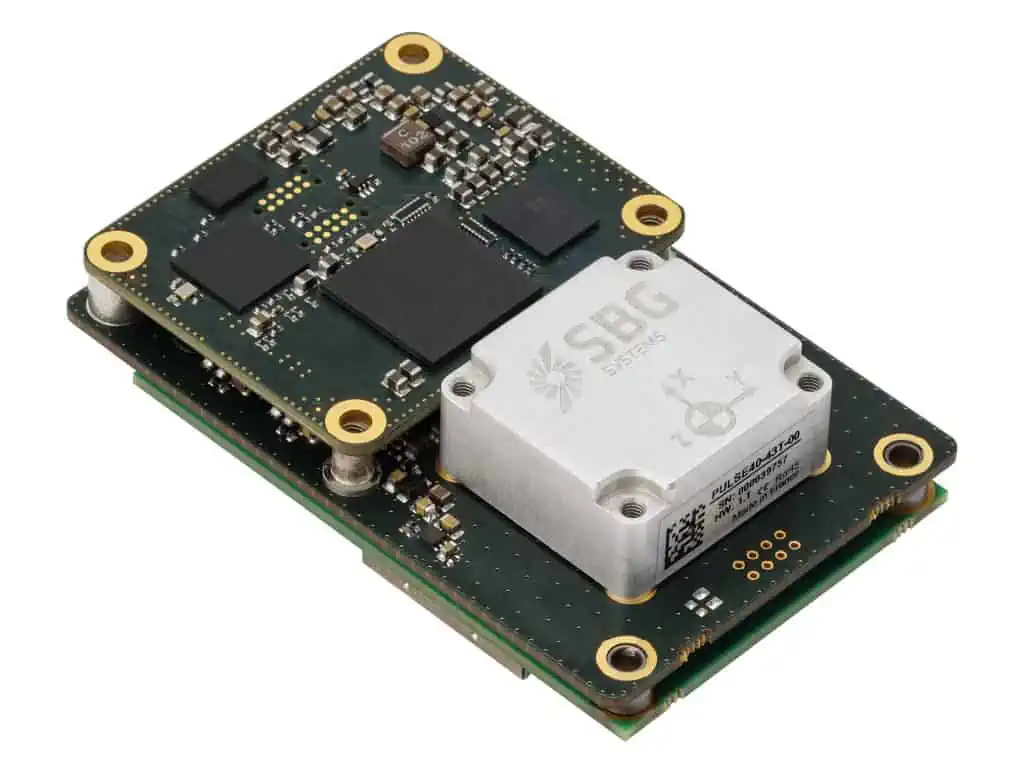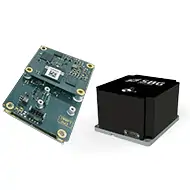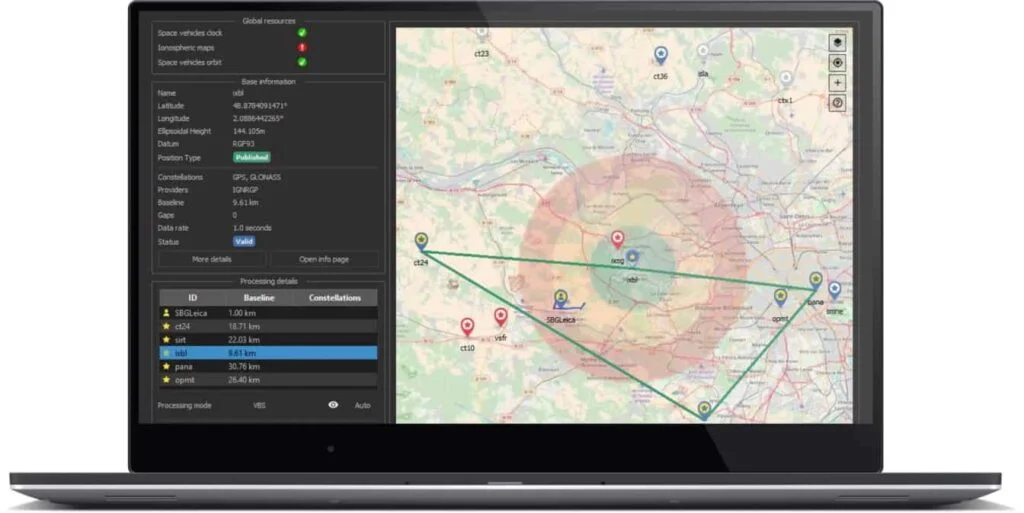SBG Systems has released a test report assessing the performance of its inertial navigation systems (INS) in GNSS-denied marine and submarine navigation scenarios.
The evaluation focuses on three INS products across performance tiers, including the Ellipse (industrial-grade), Ekinox Micro (tactical-grade), and Apogee (high tactical-grade).
The report analyzes their capabilities with and without Doppler Velocity Log (DVL) aiding using SBG’s Qinertia post-processing software.
The report outlines the role of DVL technology, which measures velocity relative to the seabed or water column using acoustic Doppler shifts, and operates in two primary modes: bottom track and water track.
Testing took place onboard a vessel in Cagnes-sur-Mer, France, under favorable sea conditions. The evaluation was divided into three scenarios:
- Pure Inertial Dead Reckoning – GNSS and DVL signals were disabled. Results showed Apogee had the lowest drift, maintaining better accuracy than Ekinox Micro and Ellipse. Ellipse showed rapid error accumulation despite magnetometer input.
- Dead Reckoning with DVL Aiding – GNSS was disabled but DVL was active. DVL significantly improved performance across all INS models. Apogee maintained high accuracy over extended periods, while Ekinox Micro showed moderate drift. Ellipse improved considerably with magnetometers but degraded quickly without them.
- Impact of Warm-Up Duration – Different warm-up durations were tested using Ekinox Micro. Results showed longer warm-up times led to substantially lower error, emphasizing the importance of system initialization prior to GNSS-denied navigation.
The findings conclude that successful navigation in GNSS-denied conditions requires a combination of high-grade IMUs, reliable heading estimation (such as magnetometers), velocity aiding (DVL), and sufficient warm-up time.
All tested units met or closely approached their performance targets over a 10-minute dead reckoning period, confirming their suitability for marine and submarine use where GNSS is unavailable.
Download the full report >>

